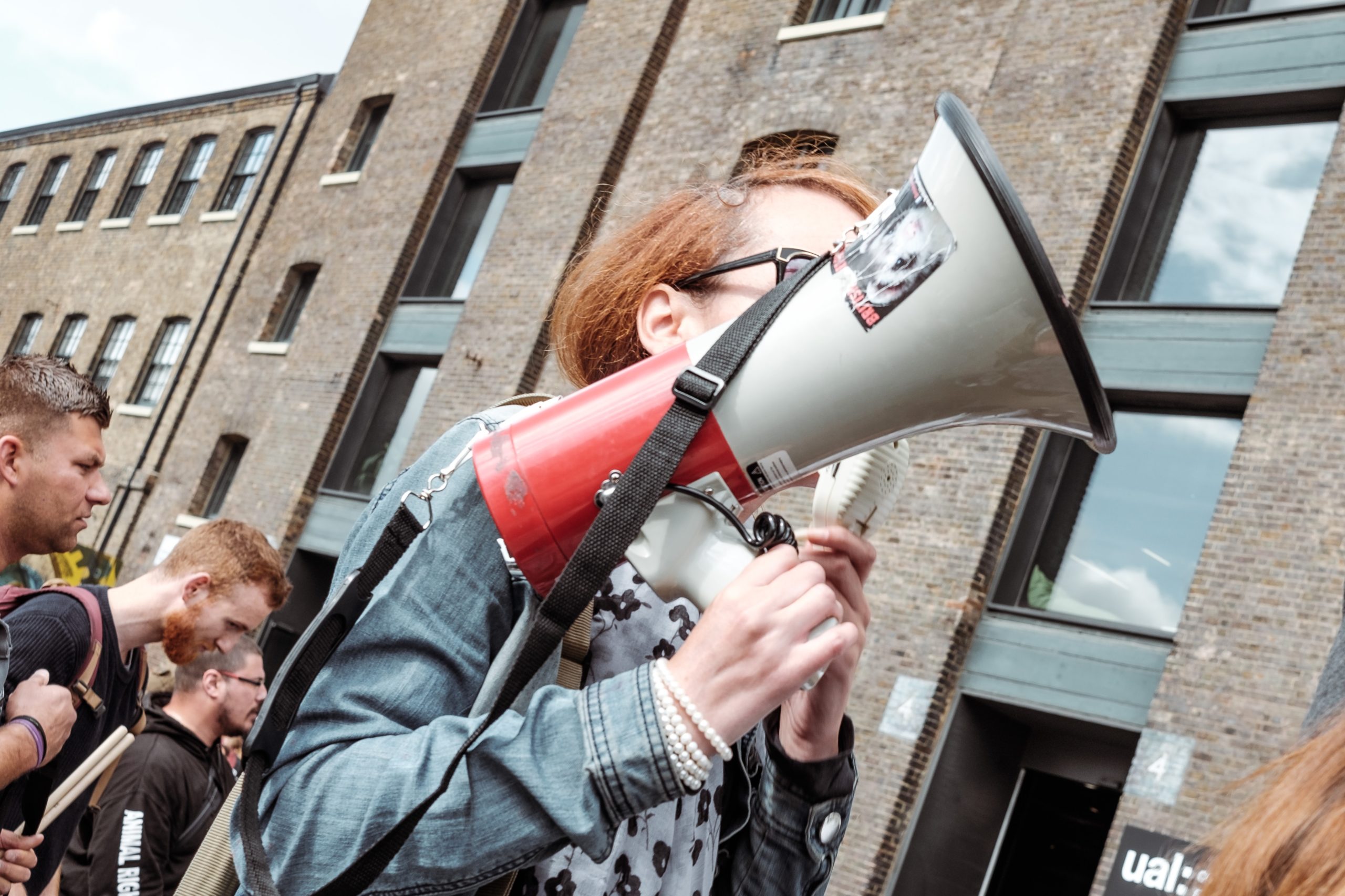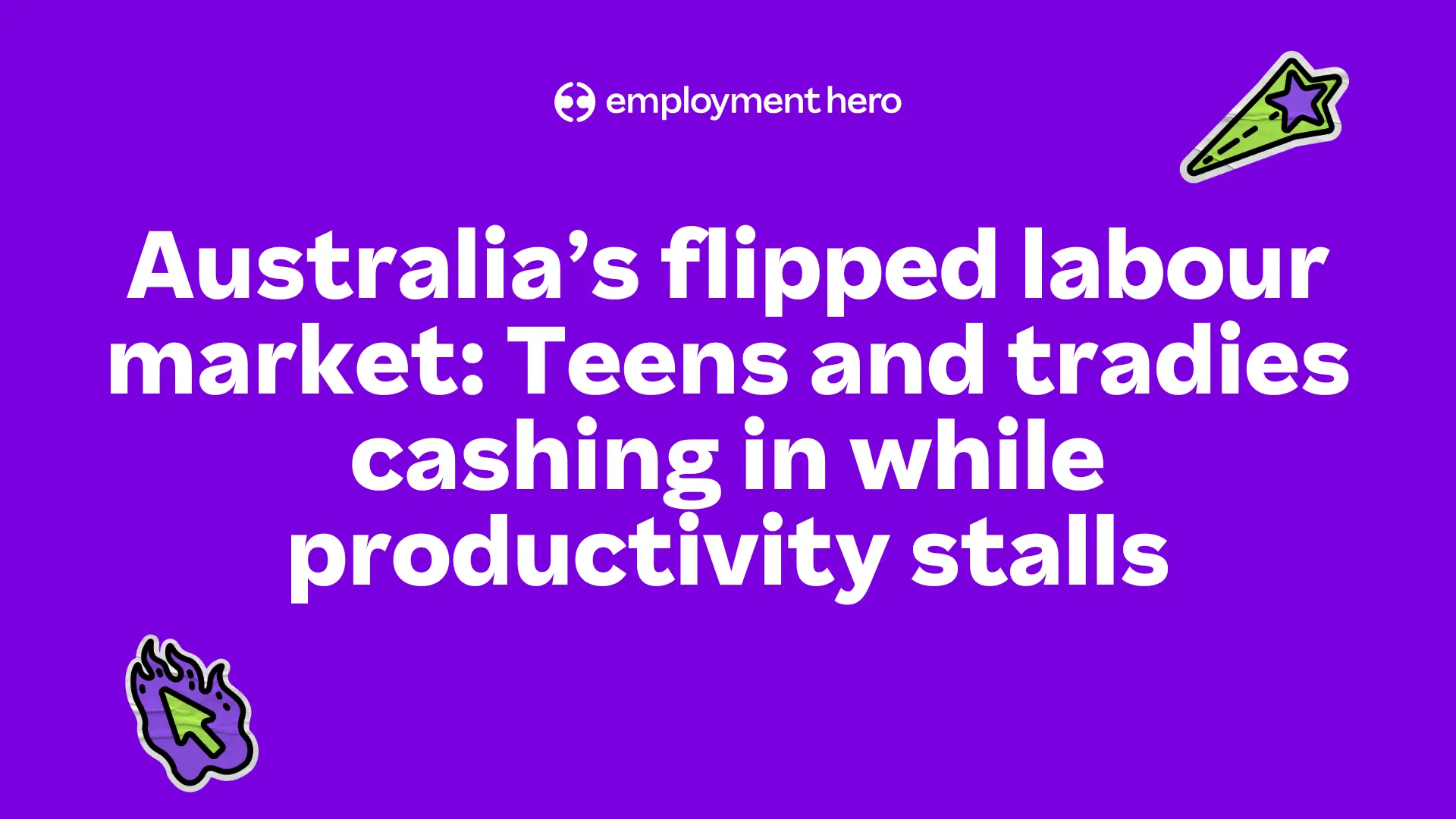How To Run Effective Retrospective Meetings
Not sure how to discuss mistakes, or celebrate wins that often get overlooked after a project closes? A retrospective meeting might be your answer.

Whether you are building a business, or part of a well established one, mistakes happen.
After all, everyone always has a lot on, and sometimes things slip off the radar no matter how hard you try to stay on top of things.
So the question is – what do you do when someone makes a mistake? How do you figure out a way forward without creating a toxic workplace where people do anything in order to avoid blame?
The answer lies in your next agile retrospective meeting: a safe space we’ll create together in order for you and your team to talk it out, feel heard and create action points so that you can focus on the things that matter as you move forward. To get started, consider using this free retrospective meeting template.
Before we begin, a word of caution: don’t forget that a retrospective is not a space where you can place blame on others. Rather, it is a space for you and your colleagues to provide honest feedback for improvement. After all, effective communication and constructive feedback is crucial for both personal and professional progress.

What is a retrospective meeting?
A retrospective is a meeting held after a project goes live to reflect on what went well, what needs improvement, and action points to take note of. You may also have heard of it referred to as a sprint retrospective, or an agile retrospective meeting.
The model is based on an iterative and introspective way of working commonly adopted amongst software development teams, but widely used across other teams thanks to the way it embraces continuous improvement.
As for who should attend, this depends on what you hold the retrospective for. Typically, a retrospective requires the stakeholders of the project. In her article for Thoughtworks Anne Weise sums it up neatly: “Typically, retrospectives are held within a delivery team or a small team working on a specific topic. But sometimes, you have to run a retrospective session with larger teams — for instance, a whole project team that consists of multiple delivery teams.”
What does a good retrospective look like?
A successful agile retrospective meeting should provide your team with actionable outcomes and constructive feedback. It’s all about what went well and what can be improved.
The meeting itself should be designed as a space where your whole team gets together and leans on each other for continuous improvement. In this non-judgemental space, everyone can safely discuss what went well during the project, and what can be improved without prejudice.
It should also promote active listening, and allow for each team member to participate and be heard. This requires strong communication skills for both participants and facilitators. You may want to kick off the meeting with some ground rules. Ensure you have a solid agenda and go over the basics of a retrospective as not everyone may have attended one before.

An unsuccessful retrospective occurs when a team member deflects accountability and places blame on someone else for things that went wrong. To avoid this, you’ll want a retrospective facilitator (also known as a scrum master amongst development teams). This is someone who is a third party, so is neutral – and can help steer the conversation in a timely manner to make sure everything on the agenda is addressed to ensure discussions remain healthy and constructive.
With the ever changing environment of startups and SMEs, retrospectives meetings are definitely something you want to consider adopting because as Lee Davis suggests, “The framework addresses many business problems by embracing the chaos. It is designed to account for the fact that you will run into unexpected problems. It knows that, inevitably, you’re going to have to make a change to get to your desired outcome.”
If you’re interested in fostering a more inclusive and multi-generational workforce, explore the concept of reverse mentoring and how to do it right.
What is the difference between a sprint review and a sprint retrospective?
- Sprint Review: A presentation of completed work to showcase achievements. It may involve stakeholders or remain internal and assesses if the results align with the project scope and requirements.
- Sprint Retrospective: Focused on continuous improvement, it aims to identify what worked well and how to enhance team performance. Typically held after the sprint review, it involves the core team and emphasises learning and growth.
What are the benefits of running a retrospective meeting?
With all those deadlines to consider, you might be wondering whether a retrospective would be a good use of your team’s time. But long term wins are just as important.
Here are a few reasons why you might want to consider running a retrospective after a mammoth sized project:
1. Promote an open and honest culture amongst your team
Good retrospective facilitators will encourage all stakeholders involved in the project to participate, promoting an open and honest culture in your business. It’s a chance for your team to consider what mistakes could have been avoided, and how to learn from them.
Continuous improvement will naturally occur through the actionable items and honest feedback – but remember, it’s only beneficial if you provide feedback that is constructive. Be aware of team members who may unintentionally take negative feedback personally. They may be tempted to blame people but we can’t stress this enough: the point of the exercise is for everyone to learn, so you can all move forward together.
2. It inspires teams to continuously improve
How do you improve without a clear understanding of what went wrong, and why?
If you can’t learn from the past, chances are the same mistakes will be made over and over again. Retrospectives are a healthy and appropriate way to inspire conversations which helps teams discuss ways to move forward, propose ideas, get insights and come to a shared understanding.
To learn more about the negative impact of micromanagement on your team’s growth, you can read about why micromanagement limits your business growth.
3. It gives teams the chance to celebrate wins, too
In a fast paced environment, teams can often forget to stop and celebrate wins because we’re always moving onto the next important thing on the list. Reflecting on what went well is a chance for you and your team to celebrate.
Our top tip? Don’t forget to include the small wins, too. Wins deserve to be celebrated no matter how big or small.
4. It gives every team member a chance to speak up
Whether it’s to call out something that’s been bothering them, in order to find a solution to move forward – or to comment on something they’ve observed, a retrospective is the perfect time for your team to talk it out in a healthy manner.
Maybe they’ve been holding back because they understand the urgency of the project but would have wanted to do it in a certain way. Allowing your team to speak up will create feasible actions that you can take on board for your next project together.

In today’s digital age, improving digital literacy skills in the workplace is crucial. Learn how to enhance these skills in this article.
How to run a successful retrospective meeting
On top of getting a neutral third party (or a scrum master) to facilitate so that you can also participate, there are also a few tips we have for you and your facilitator so you can focus on the all important continuous sustainable improvement you’re after:
1. Prepare in Advance
Create a shared document with the agenda and areas for team input, such as what went well and what needs improvement. Use sticky notes for in-office meetings or tools like Miro’s whiteboard for remote collaboration to capture feedback in real time.
2. Foster a Safe Environment
- Create a collaborative, non-judgmental space for open discussion.
- Encourage team members to jot down observations throughout the sprint to promote thoughtful insights.
- Start the meeting by reviewing key project objectives and events to provide context and reduce misunderstandings.
3. Ensure Full Team Participation
Facilitators should balance input from outspoken and quieter members. Allocate equal speaking time and suggest offline follow-ups for extended discussions to keep the meeting on track.
4. Set Clear Parameters
- Define meeting expectations, emphasising solutions over blame.
- Highlight the goal of actionable takeaways and reassure the team that feedback is for process improvement, not individual critique.
- Communicate that changes may vary in scale and timeline.
5. Use an Agenda
- Share the agenda in advance to help the team prepare.
- Structure discussions with frameworks like Start, Stop, Continue or Good, Bad, Better, Best to keep conversations focused and engaging.
- Vary formats across retrospectives to maintain interest and participation.
6. Review the Project
- Start with Positives: Celebrate successes to set an optimistic tone and highlight effective solutions from previous sprints.
- Address Challenges: Keep discussions constructive and focused on actionable solutions.
- Request Insights Early: Ask team members to submit feedback in advance to identify common themes and streamline discussions.
7. Ask the Right Questions
Thoughtful questions can spark insights and creative solutions. Examples include:
- Did we achieve our desired results?
- What worked well, and what didn’t?
- What lessons can we carry forward?
- What advice would we give our past selves at the project’s start?
8. Define Actionable Next Steps
End the meeting by recapping key action items so everyone leaves with a clear understanding of priorities. Revisit these steps at the start of the next project to integrate improvements effectively.
9. Create an Action Plan
- Develop a clear action plan as the meeting’s key outcome.
- Assign next steps to specific team members and track them on a shared board for visibility.
How can you look out for your shy team members?

Making sure all team members get the chance to participate in retrospective meetings can be tricky. But – effective retrospectives are only effective if all team members speak up. That includes the introverted and extroverted ones.
We know this can be a challenge, but there are some retrospective exercises that can act as a warm up to get your whole team going. These might include creative challenges where you ask them to do magazine covers of how they visualise your company’s debut on Wired Magazine.
You can also make use of dot voting systems on certain topics, such as narrowing down those important next steps together, and give everyone the chance to expand on why and share their own opinion on the matter.
Step into your next project with confidence
We hope you’ll be able to confidently design effective retrospectives after reading this post, and that you have some clear action items to take away.
Don’t forget: what makes a retrospective effective and a success is not only making sure your team members participate but also their ability to walk away from it confident and on the same page as each other.
It’s also important to keep the conversations going outside of these retrospectives. Make use of your 1:1s to check in with your team members’ progress and see how they’re going.
Not sure what to ask? We’ve got you covered here with some questions you can use.
Related Resources
-
 Read more: Australia’s flipped labour market: Teens and tradies cashing in while productivity stalls
Read more: Australia’s flipped labour market: Teens and tradies cashing in while productivity stallsAustralia’s flipped labour market: Teens and tradies cashing in while productivity stalls
Australia’s flipped labour market sees teens and tradies cash in. Wages are surging for youth and construction, but falling hours…
-
 Read more: Trouble in the Australian labour market with jobs and hours at a standstill
Read more: Trouble in the Australian labour market with jobs and hours at a standstillTrouble in the Australian labour market with jobs and hours at a standstill
Employment Hero June Jobs Report reveals abysmal growth. Jobs and hours remain flat month-on-month, signaling a stalled recovery despite recent…
-
 Read more: Australia’s jobs market slows – but Gen Z and casuals in the fast lane
Read more: Australia’s jobs market slows – but Gen Z and casuals in the fast laneAustralia’s jobs market slows – but Gen Z and casuals in the fast lane
Australia’s job market slows but Gen Z surges. Casual jobs jumped 10.1% and teen hiring rose 27% as employers shift…

























